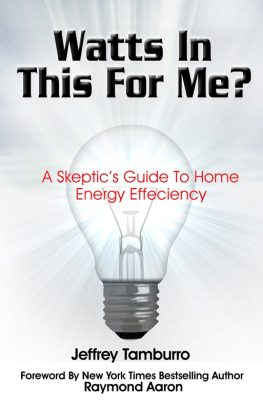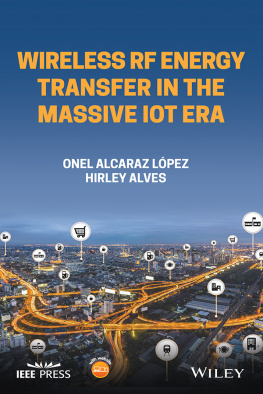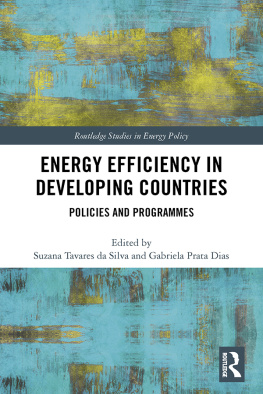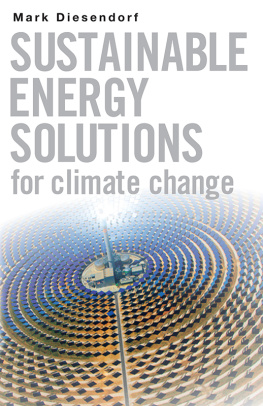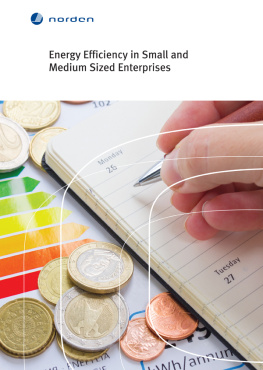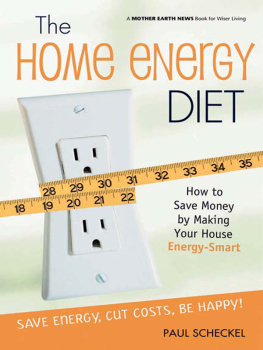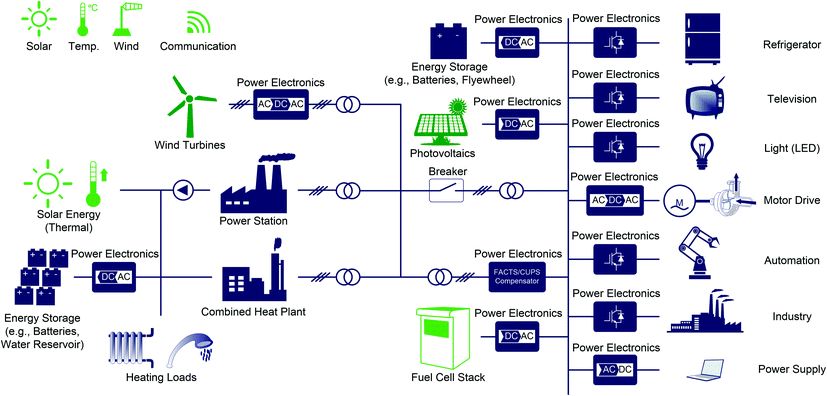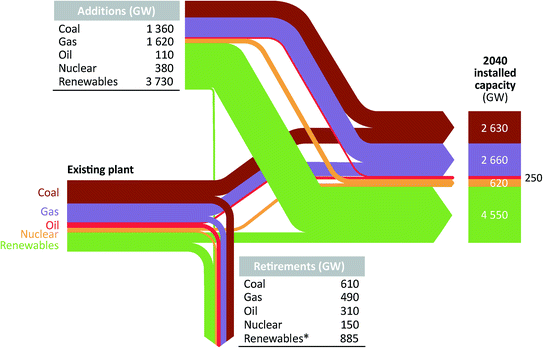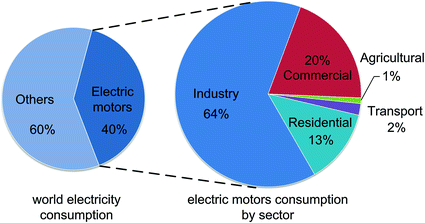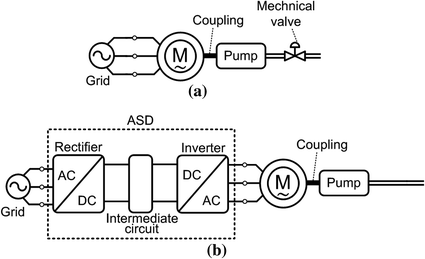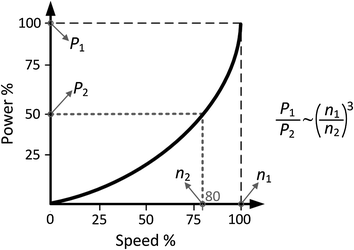Springer International Publishing AG 2017
Nicu Bizon , Naser Mahdavi Tabatabaei , Frede Blaabjerg and Erol Kurt (eds.) Energy Harvesting and Energy Efficiency Lecture Notes in Energy 10.1007/978-3-319-49875-1_1
1. Energy Saving and Efficient Energy Use By Power Electronic Systems
Frede Blaabjerg 1
(1)
Department of Energy Technology, Center of Reliable Power Electronics (CORPE), Aalborg University, Aalborg, Denmark
(2)
School of Electrical Engineering, Southeast University, Nanjing, China
(3)
Power and Energy Group, The University of Queensland, Brisbane, QLD, Australia
Pooya Davari (Corresponding author)
Email:
Abstract
In the development of the modern society, one of the key factors is to save energy in order to become more independent of other energy resources. Two important approaches can be takenone is to change behavior and thereby save energythe second one is to develop new technology which is able to save energy in different applications. This chapter will give an overview of challenges and possibilities in terms of energy saving and also energy efficient use. This includes a discussion on high efficiency power electronics devices and the systems they are used for energy loss reduction. The key enabling technologies are power electronics, Information and Communication Technology (ICT) as well as systems to carry the electrical energy through power transmission, conversion and distribution. A couple of examples will be given to demonstrate the energy saving possibilities by power electronics systems, such as in the applications of adjustable speed drives and solid-state lighting systems. Power electronics gives also a high flexibility when renewable power production is introduced to electrical energy systems. Future research opportunities and challenges will finally be discussed.
Keywords
Electrical energy Power electronics Adjustable speed drive Wide band-gap power devices Intelligent lighting
Abbreviation and Acronyms
ASD
Adjustable Speed Drive
CFL
Compact Fluorescent Lamp
HID
High Intensity Discharge
ICT
Information and Communication Technology
IEA
International Energy Agency
PFC
Power Factor Correction
PWM
Pulse-Width Modulation
1.1 Introduction
Among the technologies that support the growth of clean energy and the improvement of energy efficiency, power electronics has been representing a major enabler. It provides efficient conversion and flexible control of electrical energy. The power electronics converters make possible the connection of renewable energy generators to the legacy power systems, as schematically shown in Fig. ]. It unlocks the potentials of energy savings in motor drives, buildings (e.g., lighting, energy-efficient appliances), transportation (e.g., electric vehicles, high speed trains), consumer electronics (e.g., computers, cell phones), etc.
Fig. 1.1
The role of power electronics in electrical energy generation, transmission, distribution, and consumption []
1.2 Electrical Energy Generation and Consumption
Today more than 40% of all energy consumption is in the form of electrical energy, which is expected to grow to 60% by 2040 []. Connection of the electrical energy generated from renewable energy sources (e.g., wind power and photovoltaics) to power grids is not possible without power electronics based energy conversion systems.
Fig. 1.2
Power generation capacity flow by source from 2014 to 2040 projected by the International Energy Agency (IEA) (*over the projection period, a portion of renewable additions is retired, with the assumption of 25 years of lifetime for wind farms and solar photovoltaics plants) []
OECD/IEA 2014, World Energy Outlook 2014, IEA Publishing. Licence: www.iea.org/t&c
The generated electrical energy is consumed by different sectors, such as industry, residential, and transportation. The transportation sector sees a clear electrification both in cars and ships, and also in air-planes which is made possible by means of power electronics. In terms of applications, motor drives, and lighting are two of the dominant ones, which will be discussed in the next two sections, respectively. The end-use energy efficiency of these applications plays a key role in reducing CO2 emissions as discussed in [].
1.3 Power Electronics for Adjustable Speed Drives
Electric motors consume more than 40% of global electrical energy, as shown in Fig. ].
Fig. 1.3
Estimated share of electricity consumption for all electric motors []
In fact, the high demand for electric motors in different applications such as pumps, fans and conveyer systems has made them as the major source of electricity consumption. Therefore, developing energy efficient motor drive systems holds a great potential for reducing the worldwide energy consumption.
Introducing Adjustable Speed Drive (ASD) based on power electronics technology leads to more energy efficient motor drive systems. An ASD improves energy efficiency of a system by controlling the speed of motor at an optimal speed and/or torque. Hence, the energy consumption of the motor is reduced from full power to a partial power for the same performance (i.e., speed and/or torque). However, in order to achieve the maximum possible energy savings of a system, understanding the application demand and operating mode of an ASD, its system architecture and components are mandatory.
1.3.1 Motor Drive Applications
ASDs only contribute to energy saving when different speeds and/or torques are required over time. This means that adding an ASD unit to a motor which has to operate continuously at full speed and full load only result in excessive losses. Figure b an ASD motor drive system is utilized to adjust the speed based on the applied voltage and frequency.
Fig. 1.4
Block diagrams of: a direct connected AC motor and b ASD
In reality, in most of ASD applications, their load profiles vary over time and the systems are commonly operated in partial load conditions [).


